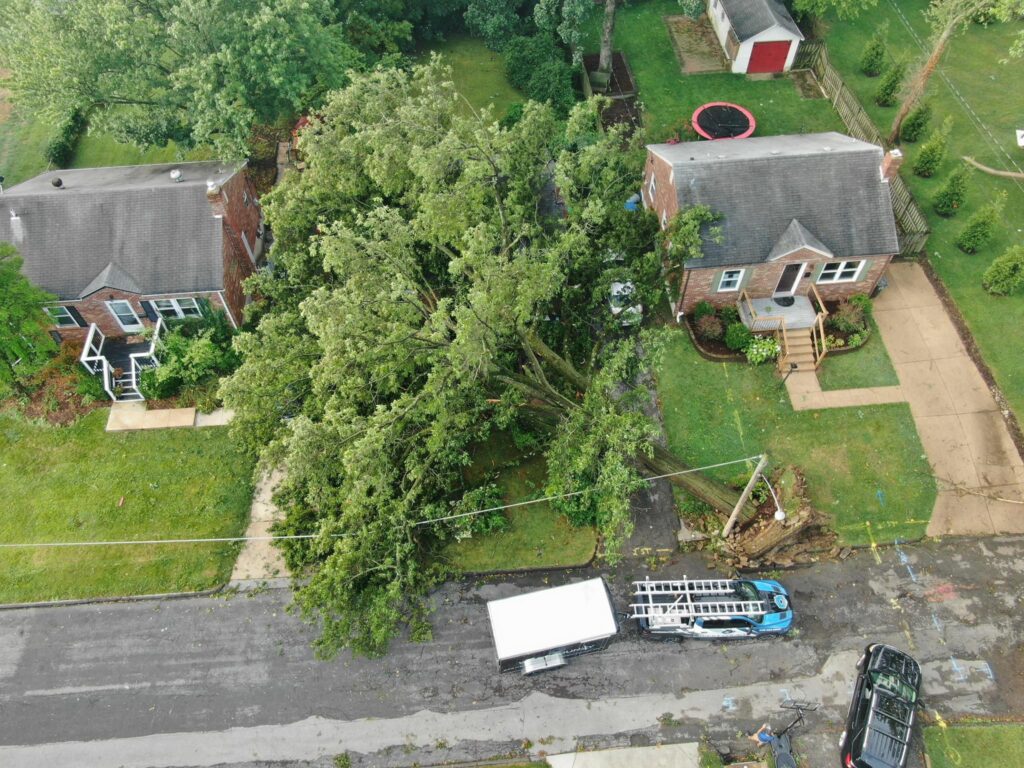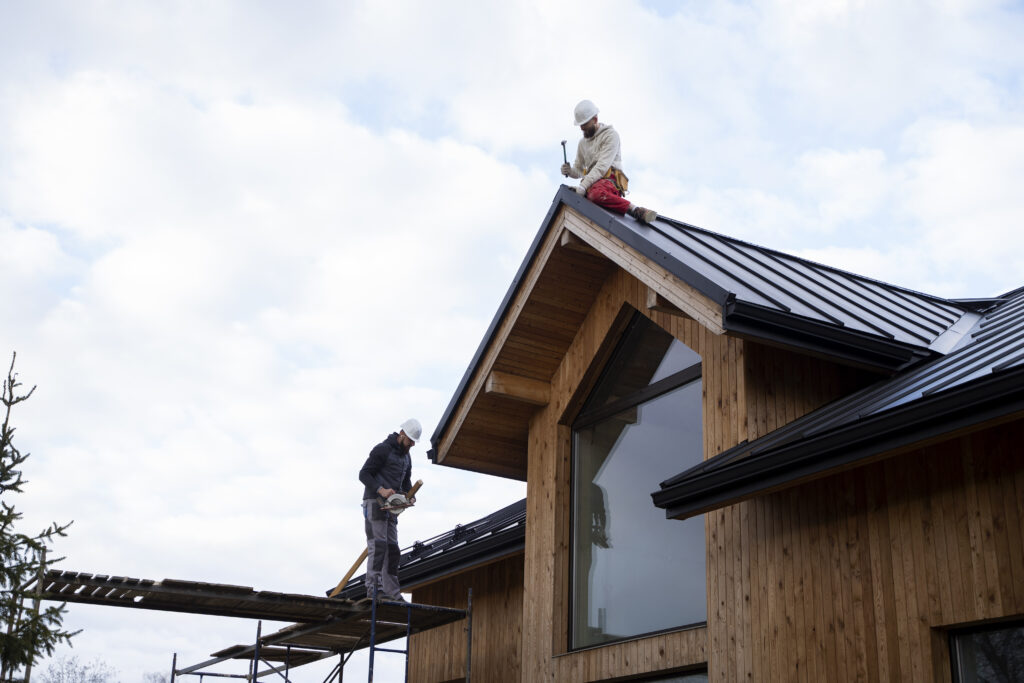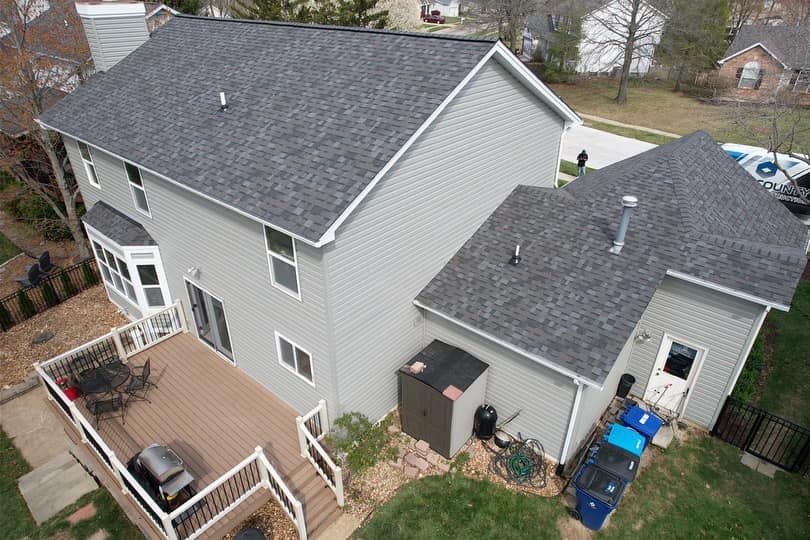512 222 5663
If your roof has suffered damage from storms, wind, hail, water, or fallen trees, you may be eligible to file an insurance claim.
Before reaching out to your insurance provider, take a moment to review this helpful guide!
Navigating home insurance can be complex, and having an experienced roofing contractor by your side can make a significant difference—often saving you thousands. LADERA ROOFING & CONSTRUCTION has extensive experience handling hail and storm damage claims throughout the Texas area.
In this guide, you’ll learn about:
How to assess whether your roof damage qualifies for a claim
The importance of working with a qualified contractor
Step-by-step overview of the insurance claim process
The different types of roof insurance coverage
Additional tips to help you through the process
Contact us today for a free roof assessment. We’re here to support you every step of the way.
If a recent storm has passed through your area, you might be unsure whether your roof sustained damage that needs repair—or if it’s even worth filing an insurance claim.
It’s important to inspect your roof and property as soon as possible, since most insurance policies have deadlines for how long after an incident a claim can be submitted.
Acting quickly also helps protect your home or business from further issues. Even a small leak can lead to hidden interior damage or mold growth, which often isn’t visible until the problem becomes much more serious.
The most reliable way to find out if your roof has claimable damage is to consult a professional roofing and construction contractor. However, there are also a few signs you can check for on your own in the meantime.

Take a quick walk around your home or business and keep an eye out for these common signs of storm-related damage:
Fallen trees or debris on or near the roof
Shredded trees or landscaping with stripped leaves or bark
Dented, bent, or detached gutters, downspouts, or screens
Cracks or damage to siding, window sills, or trim
Torn or damaged window and door screens
Dents or visible damage to outdoor HVAC units
Chipped paint or dented surfaces on decks or fences
Dark spots, discoloration, or granule loss on shingles
Cracked, chipped, or missing roof tiles
Dents on flat roof membranes or exhaust vents
If you notice any of these signs after a storm, there may be damage to your roof that qualifies for an insurance claim. A professional roofing inspection is the best way to know for sure.
An experienced contractor will thoroughly inspect your property, document any damage with photos and written notes, and help you decide whether filing an insurance claim is the right move. Contact us for a no-cost, no-obligation inspection and quote. We’re here to help guide you every step of the way.

If you spot any signs of damage on your property, it’s best to consult a roofing professional with experience in storm-related damage before filing an insurance claim.
An experienced contractor can provide the proper documentation needed for your insurance provider, making the claim process smoother and more efficient. They can also advocate on your behalf to help ensure your claim is handled fairly.
LADERA ROOFING & CONSTRUCTION has extensive experience with storm restorations and roof repairs. We understand exactly what insurance companies require and how to present it effectively.
We supply the documentation insurers expect
We format estimates to meet industry standards
Our public adjuster partners can negotiate on your behalf
Our team guides you through every step to minimize stress and uncertainty.

Not all insurance policies offer the same level of protection. After a natural disaster, some may fall short of covering the full cost of repairs. That’s why it’s important to understand your specific coverage—so you know what to expect when it comes to out-of-pocket expenses.
The amount your insurance provider will pay for storm-related property damage depends largely on the type of coverage outlined in your policy—especially whether it includes Actual Cash Value (ACV) or Replacement Cost Value (RCV).
Here’s the difference:
Actual Cash Value (ACV): This covers the cost to repair or replace your roof, minus depreciation based on its age and condition.
Replacement Cost Value (RCV): This covers the full cost to repair or replace your roof at today’s prices, without subtracting for depreciation.
As you might expect, ACV policies typically result in higher out-of-pocket costs, which can come as an unwelcome surprise. That’s why it’s crucial to review your policy in advance and understand exactly what your coverage includes.
As a second-generation, family-owned business based in Missouri, we are dedicated to delivering top-tier service with honest communication, accurate evaluations, and skilled, experienced contractors. Whether you need routine roof maintenance, storm or leak repairs, or a full roof replacement, we’re here to help every step of the way.
Located in Austin Taxes, we proudly serve the greater Texas area, including Ballwin, Ladue, Town & Country, Frontenac, Crestwood, Wildwood, Brentwood, Arnold, Kirkwood, Clayton, Valley Park, University City, Chesterfield, Maryland Heights, Fenton, Florissant, Hazelwood, Afton, and more. You can rely on LADERA ROOFING & CONSTRUCTION to provide high-quality roofing, siding, gutter, and general construction services at competitive prices.
Contact us today to schedule your free, no-obligation residential or commercial roof assessment.
Roofing | Areas We Serve | Contact
LADERA ROOFING & CONSTRUCTION, 2025 © All Rights Reserved